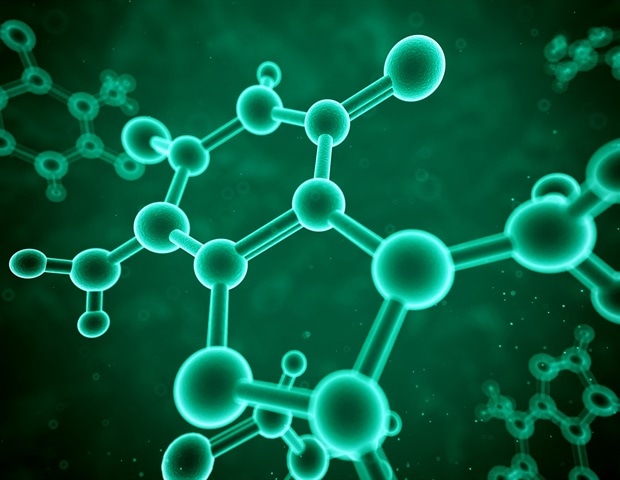Bone density, skin and hair health and the mobility of the joints depend to a large extent on the micro-element silicon. We get it mainly with food, but silicon is also consumed with some biologically active additives that promise beauty, longevity and youthfulness. The element is also found in drinking water of natural origin: it is usually contained in the combination of sodium salt and metasiliconic acid. However, extreme caution is required with microelements: a deficiency can lead to illness, but an overdose can also have negative effects.
Scientists from the Baltic Federal University Immanuel Kant, together with colleagues from the Chuvash State University and the Medical University of Hamburg, examined the effects of prolonged silicon consumption in relatively low doses. They experimented on laboratory rats and mice. For several months the animals were given water with sodium metasilicate, one of the most common silicon compounds; the concentration was ten milligrams per liter.
In the first phase of their experiment, the researchers took lung tissue samples from rats and mice two and three months after the introduction of silicon-contaminated water and found no pathological changes. Then they decided to triple the influence time. Nine months later, the results were very different – the animals’ health deteriorated significantly. Their weight was reduced by half, and the animals showed signs of pulmonary fibrosis (the conversion of functional tissue into non-functional connective tissue) of varying severity and deformation of the bronchial tree. The epithelial walls between their alveoli were so depleted that in some cases they joined together and the total number and diameter of the alveoli decreased. Histological studies showed the presence of giant multinucleated Pirogov-Langhans cells, which are common in tuberculosis and other serious lung diseases.
Remarkably, the negative effects on the animals from the first phase of the experiment occurred six months after the transfer of silicon-contaminated water to clean water. Zones of increased density developed in their lungs and along the bronchial trees. A high concentration of lymphocytes (the main cells of the immune system) in these areas was indicative of inflammation.
What we saw in our experiment with rats and mice was very similar to silicosis, a chronic occupational disease that mainly affects miners and foundry workers. Constant use of silicon, whether in water or supplements, may seem safe at first, although the harm increases imperceptibly. Research like this has been going on for years and is intended to form an evidence base. The results are already included in the micro-element additives guidelines, which means we are actively changing the minds of the scientific community. Maybe the lovers of “miracle pills” would be next. “
Valentina Gordova, Head of Research, Medical Sciences Candidate, and Assistant Professor, Department of Fundamental Medicine, Immanuel Kant Medical Institute
Source:
Immanuel Kant Baltic Federal University
Journal reference:
Gordova, V., et al. (2021) The influence of silicon consumption with drinking water on morphological changes in the lungs of rodents. The FASEB journal. doi.org/10.1096/fasebj.2021.35.S1.01634.


/cloudfront-us-east-1.images.arcpublishing.com/gray/XEJMC7PTY5G3RPB4XX5AUY6Q3I.jpg)







:strip_exif(true):strip_icc(true):no_upscale(true):quality(65)/cloudfront-us-east-1.images.arcpublishing.com/gmg/7KNNXZRKWNBTZKWX52CT7FYOCM.jpg)